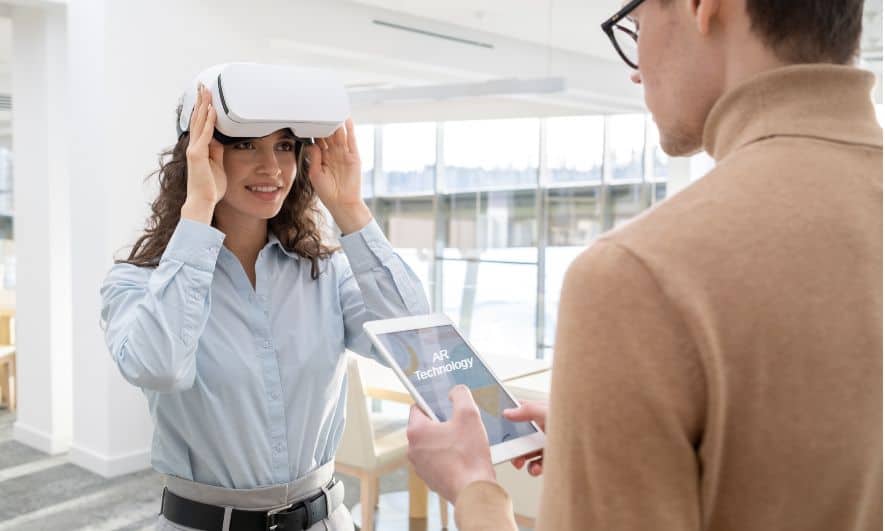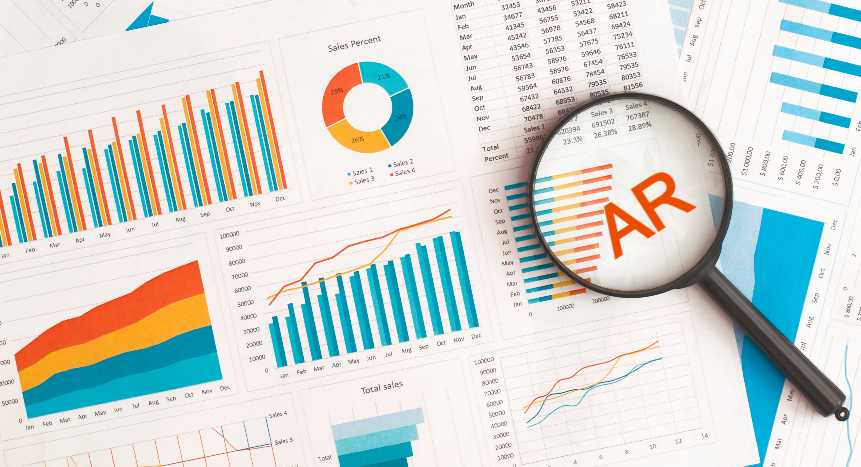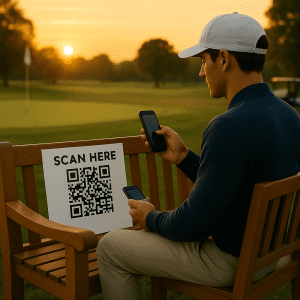Augmented Reality Ads Are Visually Stunning—But Are They Profitable?
Marketing professionals love a flashy campaign, but in today’s performance-driven world, even the most immersive creative needs to prove its value. Augmented reality ads—from 3D try-ons to location-triggered experiences—have taken the advertising world by storm. But with great interactivity comes a big question: What’s the ROI?
Too many brands dive into AR advertising for the wow-factor, without a clear framework for evaluating performance. It’s not enough to generate buzz; you need measurable impact—on awareness, engagement, and ultimately, conversions.
In this blog, we’ll break down how to evaluate AR ad ROI, which metrics matter most, and how to make sure your augmented reality ads drive results, not just reactions.
Why ROI for Augmented Reality Ads Can Be Tricky
Let’s start with the challenge: traditional ad metrics like impressions and click-through rates don’t always capture the full value of AR ads. Unlike a banner or a billboard, an augmented reality advertisement lives somewhere between entertainment, education, and interaction.
That makes its value multi-layered, often falling into three key performance zones:
Engagement depth – How long and how meaningfully did users interact?
Brand recall and emotional connection – Did users remember and trust your brand more?
Conversion and revenue impact – Did it lead to clicks, sales, or long-term brand lift?
So, to measure augmented reality ad ROI, you’ll need a broader toolkit.
 The Key Metrics That Matter for Augmented Reality Advertising
The Key Metrics That Matter for Augmented Reality Advertising
Dwell Time & Interaction Rate
Unlike traditional ads, augmented reality ads invite users to participate. That’s why metrics like:
Session length
Object manipulation (e.g., zoom, rotate)
Feature usage (e.g., try-on tools, filters)
…are often more revealing than a simple “view.”
A user who spends 45 seconds virtually placing your product in their living room is far more valuable than a 3-second video view.
Click-Through Rate (CTR) to Conversion Pages
If your AR ad includes a CTA—like “Buy Now,” “Book a Test Drive,” or “Learn More”—track how many users click through. This tells you whether the immersive experience drives next-step action.
Pro tip: Pair your AR experience with unique tracking URLs or UTM parameters to measure performance cleanly.
Completion Rate for Full AR Experiences
If your campaign involves a storyline or multiple steps (e.g., scanning a product, unlocking a message, then claiming a reward), completion rate tells you how many users stayed the course—and how compelling your content was.
Brand Recall and Sentiment
Some benefits of augmented reality advertising are less tangible—but no less powerful. Consider using:
Post-experience surveys
Social sentiment analysis
Brand lift studies (via platforms like Meta or Google)
These help measure whether your augmented reality ad moved the needle in brand trust, recognition, or emotional resonance.
Tools for Measuring AR Ad Campaign ROI
To truly measure the performance of augmented reality ads, you need the right tech stack. Here are some tools and platforms designed for AR ad tracking:
8thWall: Offers real-time analytics for web-based AR, including engagement heatmaps and dwell time tracking.
ZapWorks by Zappar: Provides user flow insights, scan data, and location-specific reporting.
Meta Spark AR & Snapchat Lens Studio: Offer platform-native metrics like lens shares, captures, and time spent.
Integrate these tools with Google Analytics, Meta Pixel, or Shopify to connect engagement with actual conversions and revenue.
Case Studies: When Augmented Reality Ads Drive Real ROI
IKEA Place: AR That Converts
IKEA’s AR app lets users place furniture in their homes using their smartphone cameras. The app led to:
A 25% reduction in returns
Higher online sales from app users
Increased time spent per session (avg. 2 minutes)
Why it worked: It solved a real problem and brought the product experience into the home—an example of AR ads doing more than just entertaining.
Burger King’s “Burn That Ad” Campaign
In Brazil, Burger King launched a fiery AR advertisement where users could point their phone at a McDonald’s ad and watch it virtually burn—only to reveal a free Whopper coupon.
Results:
Over 1 million redemptions
Viral buzz and earned media
Massive brand engagement boost
Why it worked: It was interactive, cheeky, and delivered a reward—all wrapped in one immersive AR ad experience.
How to Set Up KPIs for Augmented Reality Ad Campaigns
When planning your campaign, identify success KPIs tied to your funnel stage:
Funnel Stage | Primary Goal | Key AR Metrics |
Awareness | Maximize reach & engagement | Views, dwell time, social shares |
Consideration | Educate & build trust | Interactions, completion rates, survey scores |
Conversion | Drive action & sales | CTR, redemptions, purchases |
Loyalty | Encourage return engagement | Re-use rate, subscription signups |


 The Key Metrics That Matter for Augmented Reality Advertising
The Key Metrics That Matter for Augmented Reality Advertising



